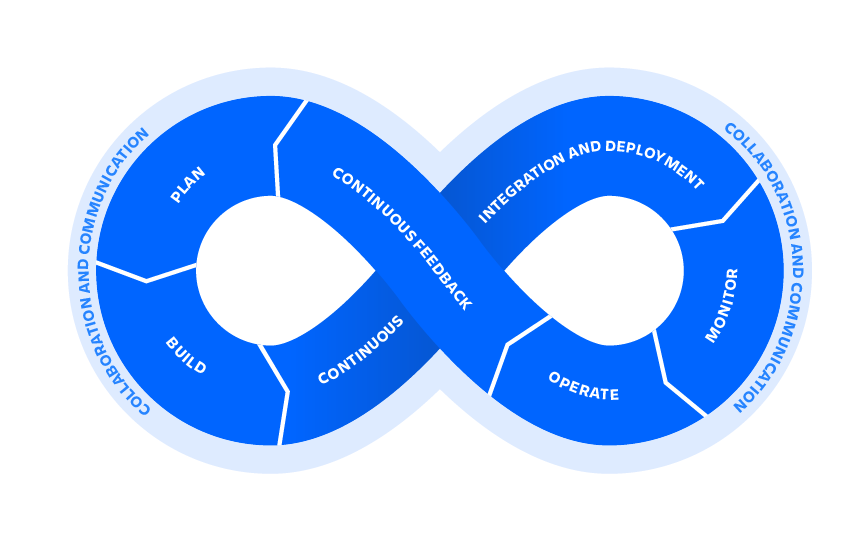A day in the life of an IT professional is filled with many moving parts.
From incoming requests to software glitches and everything in between, good IT managers and project managers must keep track of the myriad of service requests coming in — and the timeline of effective project completion — to provide IT services effectively.
Doing this often requires a comprehensive, holistic approach. After all, you want to make sure various IT requests are allocated to the appropriate technology professional. By doing so, you’re ensuring that these IT requests are resolved in a timely and accurate manner.
And of course, you know how critical it is to approach your services in a fully-integrated, streamlined way to keep everything in IT moving along. That’s where an effective ITSM approach comes in.
Why Agile ITSM Is Required for Business Growth
As you may know, IT service management or ITSM is a holistic approach that encapsulates the process of how different IT teams manage the delivery of their services to customers. The goal of ITSM is to deliver IT functionalities as a service. Here at e-Core IT Solutions, we believe that an ITSM approach is the best way to deliver IT services to your clients.
But ITSM processes can and should be revisited over time to make them more effective and more fruitful. One of the best ways to give your ITSM new life is by implementing an agile transformation.
Why Agile?
You might be seeing references to agile methodologies everywhere you turn. However, despite its growing popularity, you still may be reluctant to begin an agile transformation in your business.
Below, we’ll compare life before agile with what’s possible after implementing agile methods.
Shifting Past the Slowness
In the world of IT processes past, lead times would often be long. Additionally, early decisions were inflexible and unable to be adapted later on in a project’s life cycle. IT practitioners needed something quick, flexible, and able to change with a project’s needs. The software could be built in a better way…they just had to find out how. Luckily, agile was born.
Agile: A Boon to Business and IT
Agile software development processes and methodologies were meant to cut through the slow tedium and inflexible ways of old. Its creators were determined to build a software that really worked, getting it into the hands of end-users swiftly and effectively. And swifter software means quicker business benefits that make a real bottom-line impact.
Test and Learn
We’re all human. Sometimes, we can’t anticipate what approach works best on a problem at the outset. But that’s where agile comes in.
This approach allows technology professionals, product managers, project managers, and other internal stakeholders within an organization to deliver an approximation of what they think needs to be solved in the beginning stages of a problem. After the approximation, IT professionals use agile to gather feedback throughout the process, taking into account where the software is going and how far it can extend.
Avoid Early-Decision Paralysis
But most importantly, agile methodologies allow IT professionals to act without being locked into a decision early on. This frees them up to make decisions and take risks that wouldn’t otherwise have been possible in the past.

How to Ignite an Agile Transformation
Igniting an agile transformation is well within your grasp. You just have to know where to start, and what tool works best to ignite this transformation.
Getting Started
Even if implementing an agile transformation in your organization is appealing to your ITSM team right now, you may be unsure about where to begin. If you are, don’t worry. A dedicated partner that can manage the process of implementing change in your organization can be a useful ally to get things done and done well.
By implementing agile methodologies going forward, your team (and customers) will reap the benefits of increased efficiency and flexibility from agile—as well as more tangible business impacts from your ITSM efforts.
If you need a reliable, detailed resource on this topic, read the “The Future of ITSM IS Agile” ebook .
Implementing Agile with Jira
Jira is one of the most practical ways to implement agile methodologies in your ITSM processes. In fact, Jira Service Desk is the most affordable ITSM solution. Additionally, Jira Service Desk reporting increases customer satisfaction.

Agile Meets ITSM: Final Thoughts
Expanding on the potential of ITSM by undergoing an agile transformation is an endeavor that takes careful planning and effective training. But with the right preparation, using agile in your ITSM process can yield a windfall of business boons to your practice and your customers.
Agile ITSM Implementation Made Easier with a Trusted Partner
Deadlines, scope creep, and prioritization are more than hard in today’s ever-evolving workplace. IT Managers are easily overwhelmed with needs to adjust process while projects remain in flight need an extra set of hands to help clear their plate.
Download “The Future of ITSM is Agile” eBook for guidelines and steps to help you start to form your own ITSM agile implementation plan. Key topics include incident management and continuous improvement.




![[Blogpost] Webinar FinO_ Practical Solutions
for Cloud Cost Efficiency_](https://www.e-core.com/wp-content/uploads/2024/04/Blogpost-Webinar-FinO_-Practical-Solutions
for-Cloud-Cost-Efficiency_-768x297.webp)

